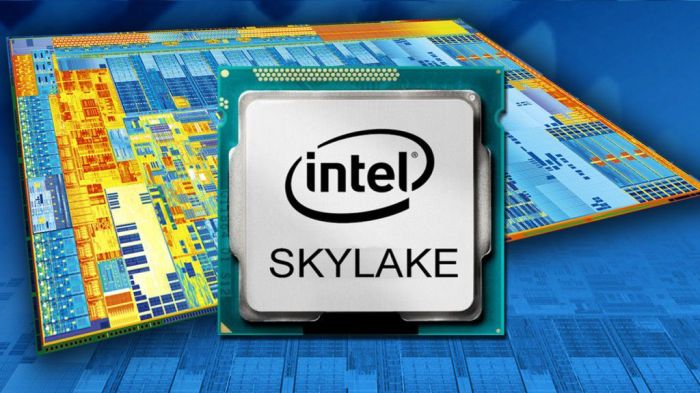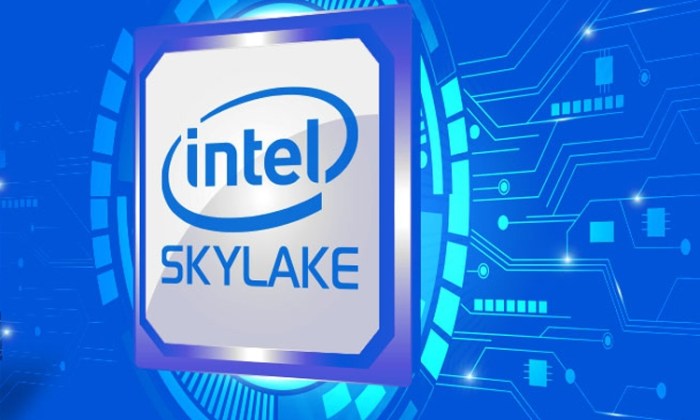Microsoft Revises Support Policy for Skylake Devices, signaling a shift in its approach to supporting older hardware. This change impacts users of Skylake processors, a generation of Intel CPUs released in 2015. The revised policy aims to streamline support and focus resources on newer technologies, leaving Skylake users with limited options for future updates and security patches.
The move has sparked discussions among users and industry experts, raising questions about the long-term implications for hardware support and the balance between innovation and legacy device maintenance. This article delves into the details of the revised policy, its potential impact on Skylake users, and the broader industry perspective.
Industry Perspective

Microsoft’s revised support policy for Skylake devices has sparked a debate within the technology industry, raising questions about the future of hardware support and its impact on other device manufacturers. This shift in policy, while seemingly focused on Skylake devices, has broader implications for the entire technology ecosystem.
Impact on Device Manufacturers
The revised policy could influence other device manufacturers to adopt similar approaches, potentially leading to a shift in the industry landscape. The impact on device manufacturers can be analyzed from various perspectives:
- Increased Pressure on Manufacturers: Microsoft’s move might pressure other manufacturers to shorten their support cycles, forcing them to prioritize newer devices and technologies. This could lead to faster obsolescence of older devices and a more rapid upgrade cycle for consumers.
- Strategic Partnerships: Manufacturers may explore strategic partnerships with other companies to extend support for older devices. This could involve collaborations with independent software vendors or open-source communities to provide ongoing support and security updates.
- Focus on Software Updates: Manufacturers may focus on providing software updates for longer periods, potentially extending support through software patches and security updates, even if hardware support is limited.
Comparison with Other Technology Companies
Microsoft’s approach to support differs from that of other major technology companies. Here’s a comparison:
| Company | Support Policy | Key Features |
|---|---|---|
| Apple | 5-7 years of software updates for iPhones and Macs | Long-term support, focus on software updates, emphasis on security and privacy |
| 3-5 years of software updates for Pixel devices | Moderate support duration, emphasis on software updates, focus on security and privacy | |
| Samsung | 2-3 years of software updates for Galaxy devices | Shorter support duration, emphasis on software updates, focus on security and privacy |
| Microsoft | 18 months of support for Skylake devices | Short support duration, focus on hardware updates, potential shift in industry standards |
“Microsoft’s decision to shorten support for Skylake devices reflects a growing trend in the tech industry toward a more rapid upgrade cycle.” – Industry Analyst
Future Outlook: Microsoft Revises Support Policy For Skylake Devices

Microsoft’s revised support policy for Skylake devices has significant implications for the future of hardware releases and support strategies. This policy shift signals a potential trend towards shorter support cycles for devices, potentially impacting how users perceive and interact with technology.
Implications for Future Hardware Releases and Support Strategies
The revised policy may lead to more frequent hardware upgrades, as users may be encouraged to replace their devices sooner to benefit from longer support periods. This could potentially accelerate the pace of innovation in the technology industry, with manufacturers striving to introduce new features and advancements to entice users to upgrade. However, it also poses challenges for consumers, potentially increasing the cost of technology ownership and creating a faster obsolescence cycle for devices.
Trends and Patterns Emerging from the Revised Policy, Microsoft revises support policy for skylake devices
The revised policy could lead to a more fragmented support landscape, with different manufacturers adopting varying support strategies. This could create confusion for users, who may struggle to understand the support policies of different brands and devices. Additionally, the policy could encourage the development of alternative support options, such as independent repair shops or community-driven initiatives, to address the needs of users with older devices.
Evolution of Support Policies in the Technology Industry
The revised policy could prompt other technology companies to reconsider their support strategies, potentially leading to a broader shift towards shorter support cycles for devices. This could be driven by a desire to align with consumer expectations for rapid innovation and the increasing complexity of hardware and software. However, it’s crucial for companies to strike a balance between providing adequate support and fostering a sustainable ecosystem that encourages innovation without sacrificing user experience.
The revised support policy for Skylake devices represents a significant change for Microsoft, potentially impacting millions of users. While the move may streamline support for newer technologies, it also raises concerns about the future of legacy hardware and the balance between innovation and user needs. As technology evolves, the industry must navigate the delicate interplay between supporting current users and investing in the future. This case highlights the evolving landscape of hardware support and its implications for both users and manufacturers.
Microsoft’s revised support policy for Skylake devices might seem like a technical matter, but it highlights the ever-evolving landscape of technology. Just like how the T-Mobile LG G5 Rally Car unboxing showcases the innovative features of a device, the support policy reflects the dynamic nature of software and hardware compatibility. This ongoing evolution ensures that users get the best possible experience, even as new technologies emerge.